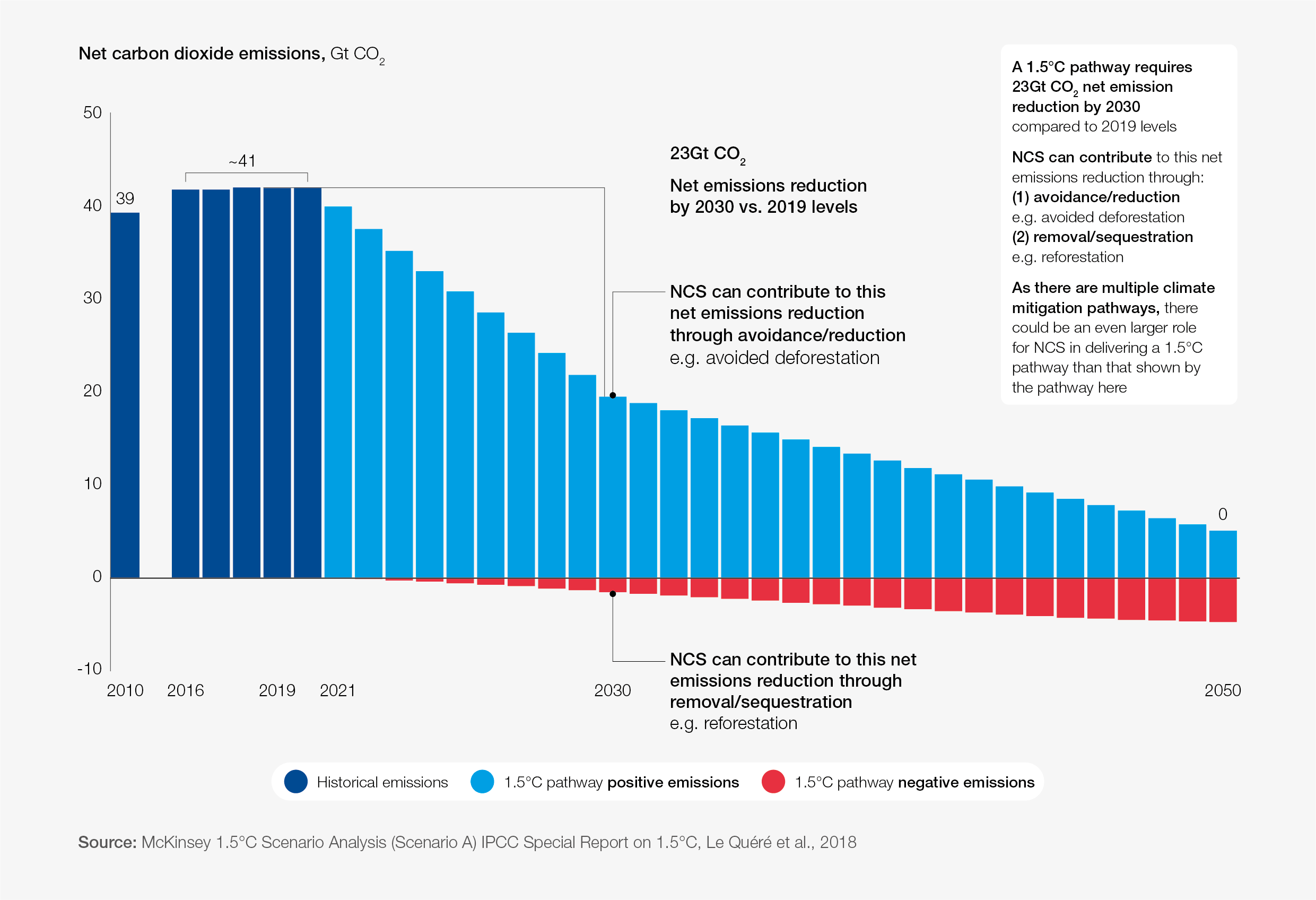This sustainable solar oven allows rural communities to cook without coal or firewood

A new solar cooking design aims to replace traditional - and hazardous - wood or coal-burning methods. Image: Reuters

Get involved with our crowdsourced digital platform to deliver impact at scale
Stay up to date:
Africa
- A new design for a solar cooking system may help rural communities prepare food more sustainably, reports a new study.
- The device is created with easily accessible materials such as aluminium sheet, iron, steel pipes, plywood and reflective glass.
- The hope is that the system will replace cooking over fires made with coal or wood, which damage the environment as well as the local community's health.
Engineers in Nigeria have developed an improved solar cooking system that is designed to replace cooking over fires made with coal, wood, or other materials, reports a new study in Frontiers in Energy Research. There are still many parts of the world where people cook directly over such fires, which is damaging for the environment as well as the local community’s health. This new approach combines two conventional solar oven designs and aims to provide a cleaner and healthier alternative.
“Cooking by the burning of firewood and other non-environmental and non-eco-friendly fuels is still predominant in most developing countries, especially among the people living in rural areas and some urban cities,” said lead author Dr Clement A. Komolafe, of Landmark University.
“In order to discourage the use of hazardous fuels for cooking, we thought of combining the solar box and parabolic dish types to produce one novel solar cooking system using locally sourced materials.”
A combination of two designs
There are two principle arrangements for conventional solar cookers. The first is a box (often made of glass or a transparent material), which traps heat from the sun’s rays. The second is a parabolic or spherical structure that reflects and focuses sunlight to intensify the heat.
This latest cooker combines both approaches to capture even more heat. The initial tests showed that the cooker obtained heating power (wattage) of up to 58.2W, which was enough to boil water, as well as cook rice and plantains. This performance compares well with current trends in solar cooking technologies.
Design features also include making it easy for one person to operate and simple to assemble. In addition, no special training would be needed to use the device.
What is the World Economic Forum doing on natural climate solutions?
Locally sourced parts and materials
The team used easily accessible materials such as aluminum sheet, iron, steel pipes, plywood, and reflective glass to build the device. The team also compared two heat storage materials that would be easy to access: black coated gravel (granite) and used engine oil. A tracking device provided the electronics needed to measure the temperature and humidity for the study.
“The next steps include design modifications to further reduce the rate of heat loss through the wall of the cooking box for better efficiency,” said Komolafe. “For quick redistribution of this new device design to rural communities, we’re inviting interested Individuals, corporate organizations, and government parastatals to sponsor or partner in the project.”

Don't miss any update on this topic
Create a free account and access your personalized content collection with our latest publications and analyses.
License and Republishing
World Economic Forum articles may be republished in accordance with the Creative Commons Attribution-NonCommercial-NoDerivatives 4.0 International Public License, and in accordance with our Terms of Use.
The views expressed in this article are those of the author alone and not the World Economic Forum.
Related topics:
The Agenda Weekly
A weekly update of the most important issues driving the global agenda
You can unsubscribe at any time using the link in our emails. For more details, review our privacy policy.
More on Geographies in DepthSee all
Andrea Willige
April 23, 2024
Libby George
April 19, 2024
Apurv Chhavi
April 18, 2024
Efrem Garlando
April 16, 2024
Babajide Oluwase
April 15, 2024
Rida Tahir
April 9, 2024








